 William Kirby
William Kirby
Time Period: Early Twentieth Century (1901 - 1940)
 William Kirby
William Kirby
Kirby, William Fosgate
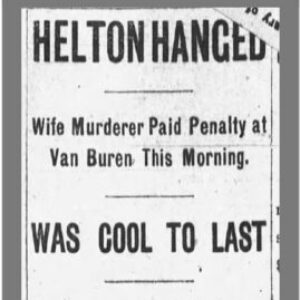 Kit Helton Exectution Article
Kit Helton Exectution Article
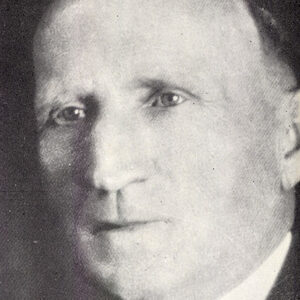 Wade H. Kitchens
Wade H. Kitchens
Kitchens, Wade Hampton
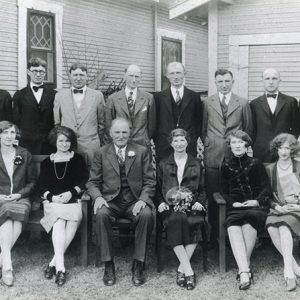 Kitchens Family
Kitchens Family
Kitts, James (Execution of)
 James Kitts Execution Article
James Kitts Execution Article
 KKK Donation
KKK Donation
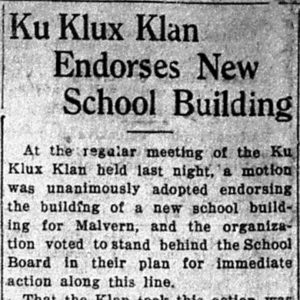 KKK School Endorsement Article
KKK School Endorsement Article
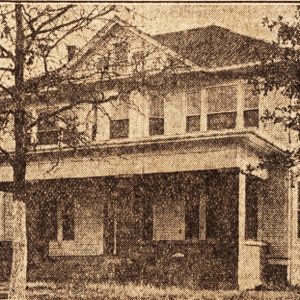 Klan Haven Orphanage
Klan Haven Orphanage
Klan Haven Orphanage
 Knights of Labor Founders
Knights of Labor Founders
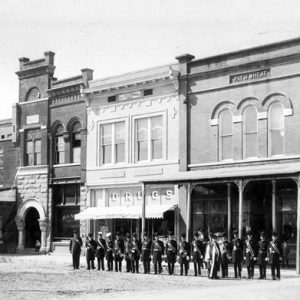 Knights Templars
Knights Templars
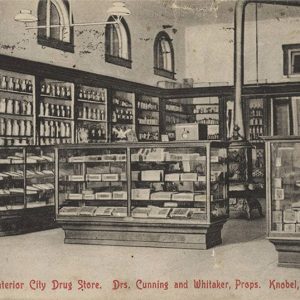 Knobel Drugstore
Knobel Drugstore
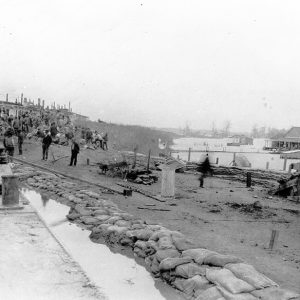 Knowlton Landing
Knowlton Landing
Knox, Robert C.
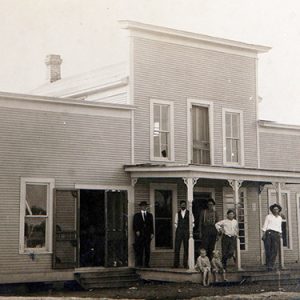 Koerdt's Boarding House
Koerdt's Boarding House
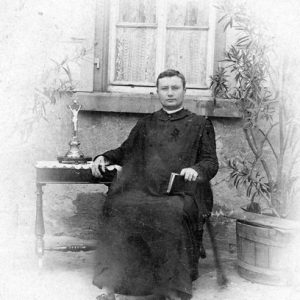 Fintan Kraemer
Fintan Kraemer
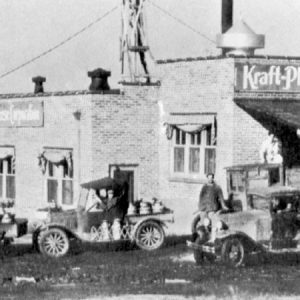 Kraft-Phenix Cheese Factory
Kraft-Phenix Cheese Factory
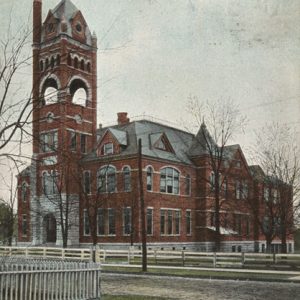 Kramer School
Kramer School
Krieger, Heinrich
Kruse Gold Mine
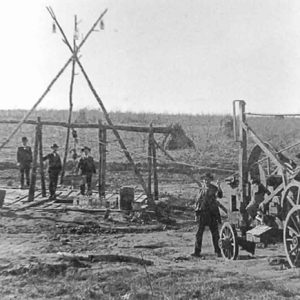 Kruse Gold Mine
Kruse Gold Mine
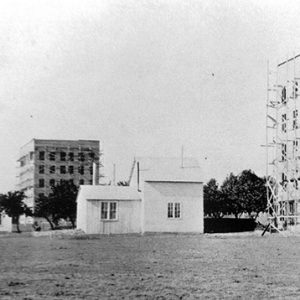 Kruse Mine Buildings
Kruse Mine Buildings
KTHS
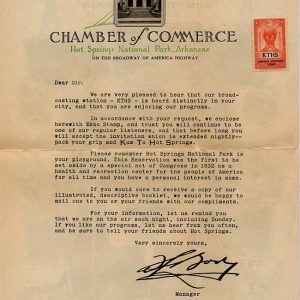 KTHS EKKO Stamp
KTHS EKKO Stamp
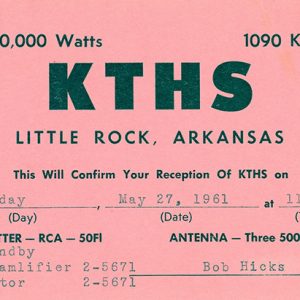 KTHS QSL Card
KTHS QSL Card
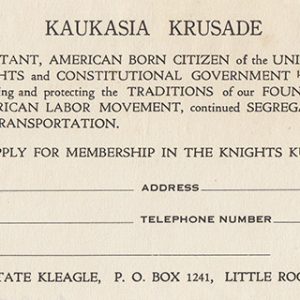 KKK Application
KKK Application
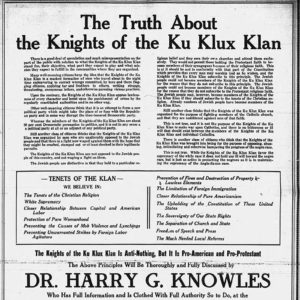 KKK Ad
KKK Ad
Ku Klux Klan (after 1900)
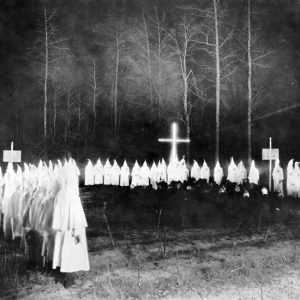 Ku Klux Klan Rally
Ku Klux Klan Rally
KUOA
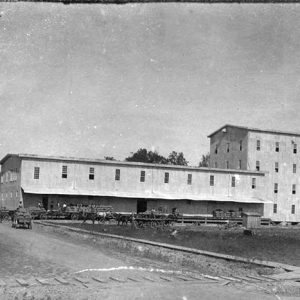 L. A. Black Rice Mill
L. A. Black Rice Mill
 L. G. Young Store
L. G. Young Store
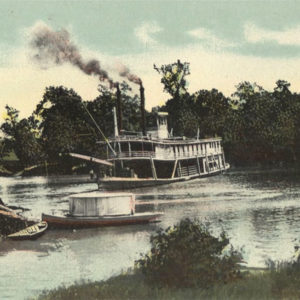 L'Anguille River Steamboat
L'Anguille River Steamboat
Lacey, Nathan (Lynching of)
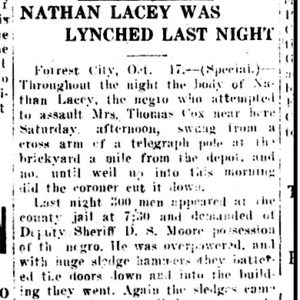 Nathan Lacey Lynching Article
Nathan Lacey Lynching Article
Laconia Circle Levee
Lafayette Hotel
aka: Lafayette Building
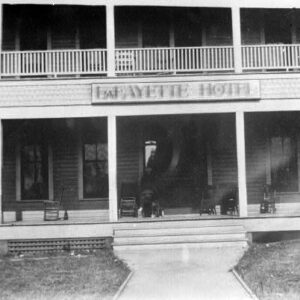 Lafayette Hotel
Lafayette Hotel
 Lafayette Hotel
Lafayette Hotel
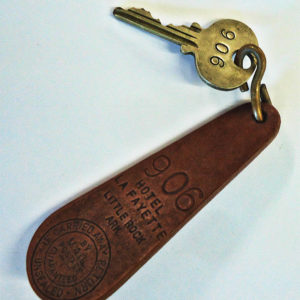 Lafayette Hotel Key
Lafayette Hotel Key
 Lake City Bridge
Lake City Bridge
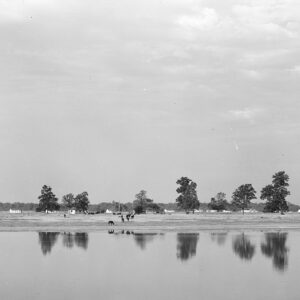 Lake Dick
Lake Dick
Lake Dick
 Lake Dick Children
Lake Dick Children
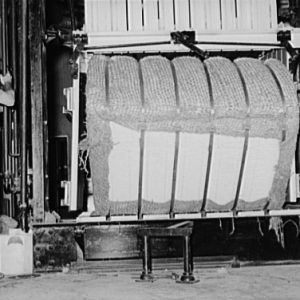 Lake Dick Cotton Baler
Lake Dick Cotton Baler
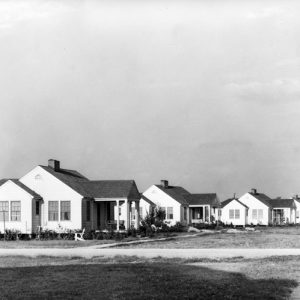 Lake Dick Housing
Lake Dick Housing
 Lake Dick Kitchen
Lake Dick Kitchen




